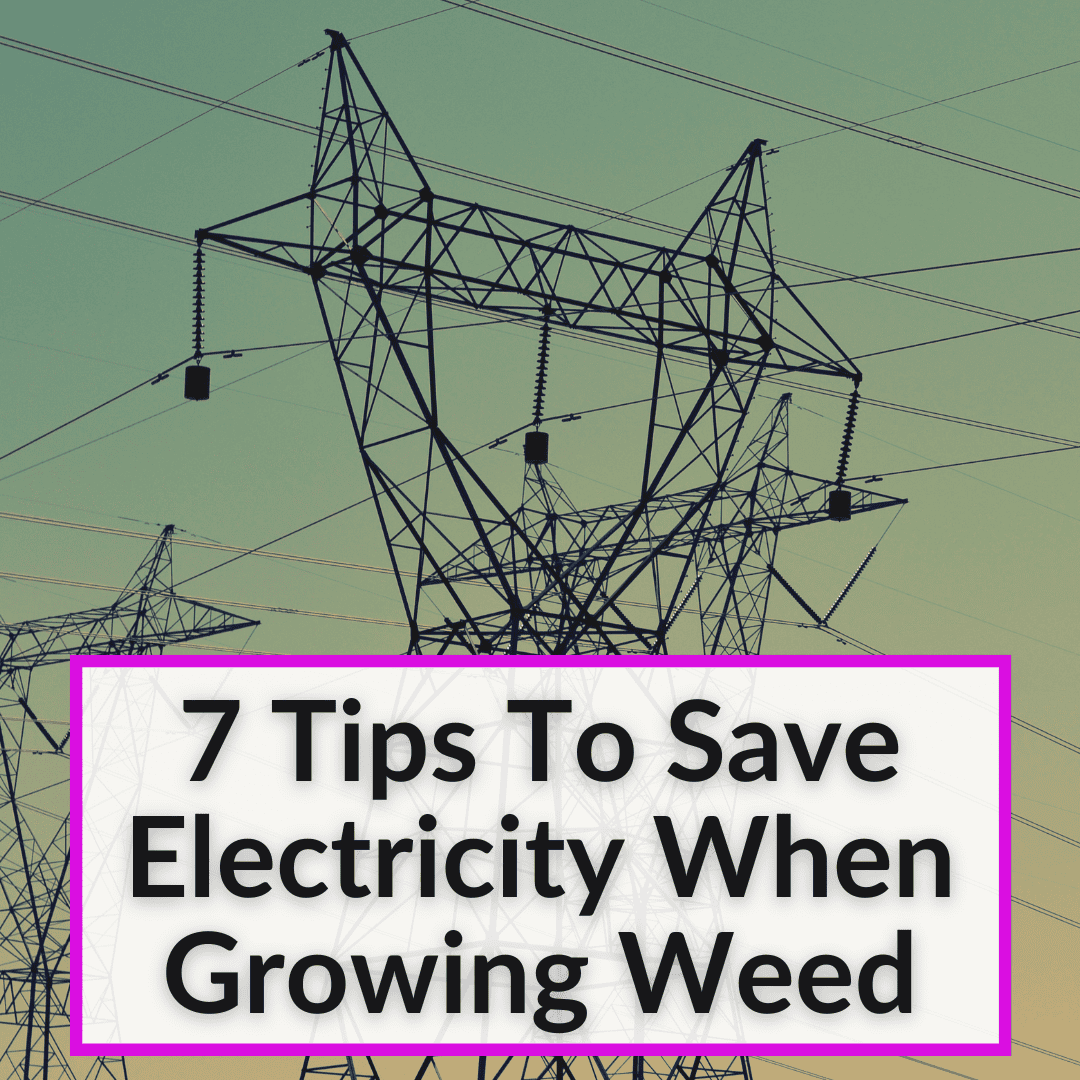 It is the bane of every weed grower.
It is the bane of every weed grower.
The dreaded electric bill.
Growing cannabis indoors means high electricity costs.
You can’t avoid that.
But you can bring those costs down considerably.
If you follow these tips to save electricity when growing weed, you will use less of it every month.
And every reduction in power usage brings with it lower costs, especially with how high the cost of electricity is these days.
Contents
- 1 Tips To Save Electricity When Growing Weed
- 1.1 Tip #1: Choose The Most Energy-Efficient Lighting Options
- 1.2 Tip #2: Select The Best Light Schedules To Save Energy
- 1.3 Tip #3: Maintain Optimal Temperature
- 1.4 Tip #4: Ensure Proper Ventilation
- 1.5 Tip #5: Seal Leaks
- 1.6 Tip #6: Reflect Light For Efficiency
- 1.7 Tip #7: Monitor And Manage Energy Consumption
- 2 How To Save Electricity When Growing Cannabis: Final Thoughts
Tips To Save Electricity When Growing Weed
Follow these 7 tips to reduce your electricity usage and bring down those sky-high electric bills.
Tip #1: Choose The Most Energy-Efficient Lighting Options
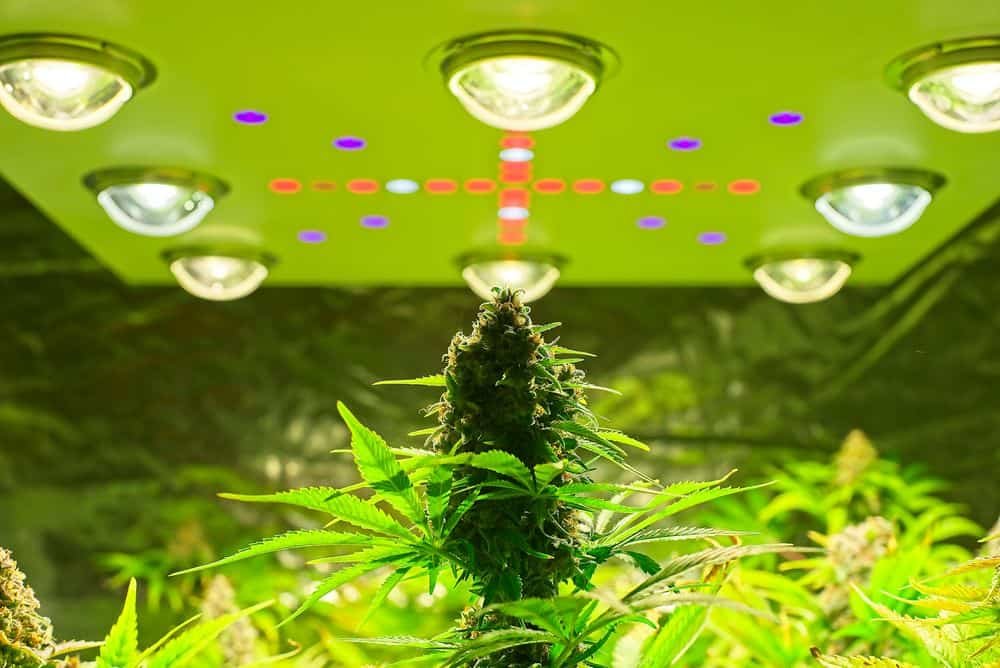
Everybody knows plants need light to photosynthesize, but lighting is the primary culprit for sky-high bills when growing weed.
LED grow lights are the most energy-efficient option, so you’ll want to use them, instead of traditional lights like High-Pressure Sodium (HPS) and Metal Halide (MH) lights.
How LED Grow Lights Save Money
- Energy Efficiency: LED grow lights use significantly less electricity than HPS and MH lights to produce the same output, reducing your energy consumption and lowering your monthly electricity bills.
- Long Lifespan: LEDs last much longer than traditional bulbs, reducing the frequency and cost of replacements. While HPS and MH bulbs may need replacing every year or two, LEDs can last for up to 50,000 hours or more.
- Lower Heat Output: LEDs generate less heat, reducing the need for additional electricity-powered cooling systems like fans and air conditioners.
Tip #2: Select The Best Light Schedules To Save Energy
Optimizing light schedules is another effective way to save energy when growing weed. Different light schedules cater to various stages of plant development and can significantly impact your electricity bills.
Common Light Schedules
- Vegetative Stage: During the vegetative stage, cannabis plants typically require 18 hours of light and 6 hours of darkness. This extended light period promotes vigorous growth and prepares the plants for the flowering stage. While this schedule consumes more energy, it is important for healthy leaf development.
- Flowering Stage: For the flowering stage, a 12/12 light schedule is used, providing equal amounts of light and darkness. This reduction in light hours triggers the plants to start flowering. The decrease from 18 to 12 hours of light results in significant energy savings during this growth stage.
Benefits Of Using Timers
- Precision and Consistency: Timers ensure that lights are turned on and off at the exact times required, maintaining consistent light schedules without human error. This precision optimizes plant growth and prevents unnecessary energy usage.
- Energy Savings: By automating light schedules with timers, you can eliminate the risk of forgetting to turn off lights, which can lead to wasted energy and higher electricity bills. Timers help ensure that lights are only used when needed.
Tip #3: Maintain Optimal Temperature
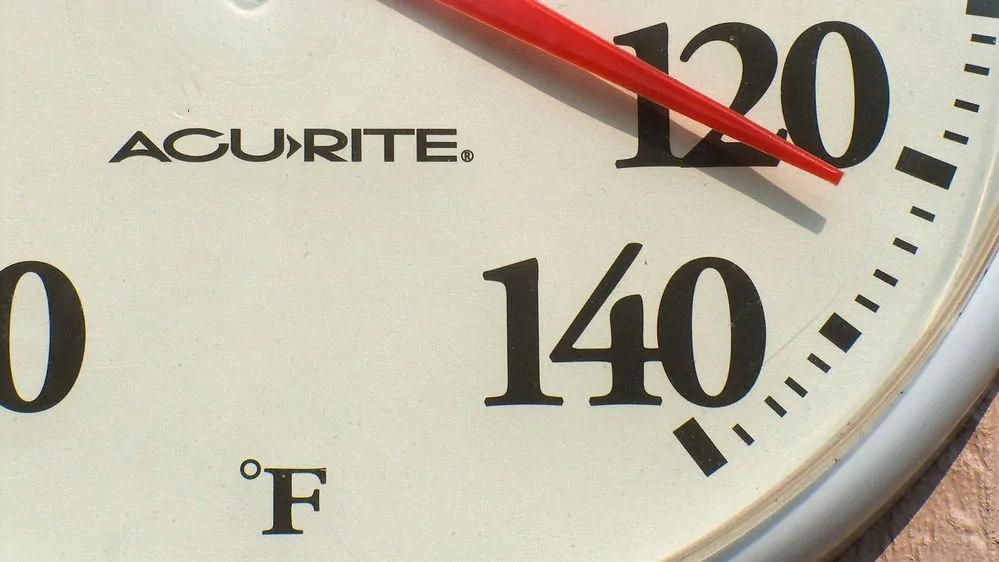
Maintaining a stable temperature range within the optimal zone for cannabis (usually between 68° F and 78° F) is a good way to reduce reliance on heating or cooling systems. Keeping temperatures within this range ensures that plants thrive without the need for excessive energy use.
How Stable Temperatures Save Energy
- Reduced Heating Costs: By keeping the grow room temperature at a minimum of 68°F, you minimize the need for additional heating during colder periods. Insulation and proper sealing of the grow room can help maintain this temperature without relying heavily on heaters.
- Lower Cooling Requirements: Maintaining a maximum temperature of 78°F prevents the grow room from overheating, reducing the need for air conditioners and fans to cool the space. Using LED lights, which produce less heat, can also help maintain optimal temperatures and reduce cooling needs.
- Energy-Efficient Climate Control: Investing in energy-efficient heating, ventilation, and air conditioning (HVAC) systems can further optimize temperature control while minimizing energy consumption and help save you money in the long run.
Tip #4: Ensure Proper Ventilation
Proper ventilation is essential in a grow room to remove heat generated by lights, prevent mold growth, and ensure adequate CO2 exchange for healthy plant development.
Role Of Ventilation In Energy Efficiency
- Heat Removal: Effective ventilation helps dissipate heat generated by grow lights, especially traditional HPS and MH lights. By removing excess heat, ventilation reduces the need for air conditioning, leading to energy savings.
- Mold Prevention: Proper airflow prevents the buildup of humidity, which can lead to mold and mildew growth. Maintaining lower humidity levels reduces the need for dehumidifiers, conserving energy.
- CO2 Exchange: Adequate ventilation ensures that plants receive a consistent supply of fresh air, rich in CO2, which is crucial for photosynthesis and healthy growth. Proper CO2 levels enhance plant development and productivity.
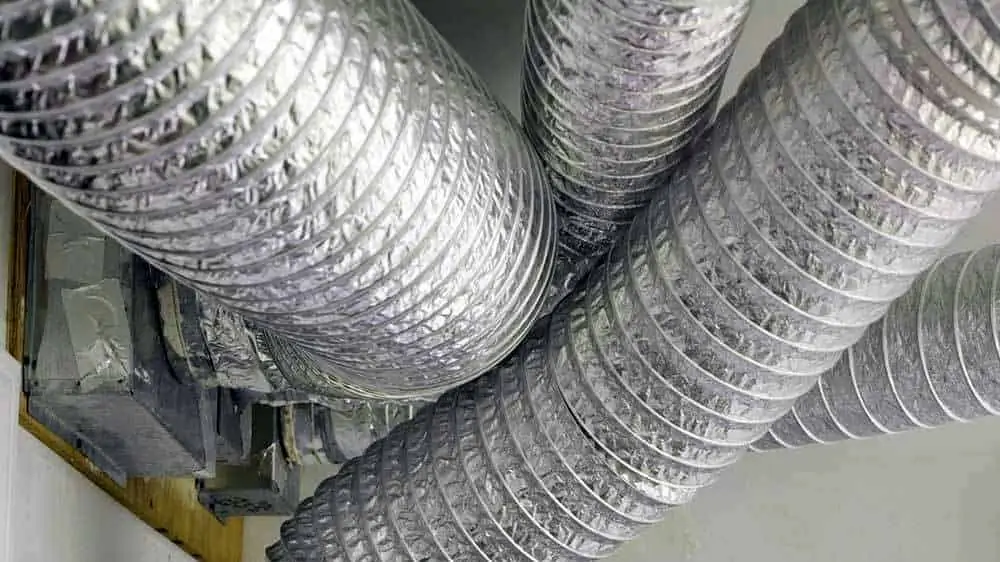
Using Exhaust And Intake Fans
- Exhaust Fans: Exhaust fans remove hot, stale air from the grow room, helping to maintain optimal temperatures and humidity levels. Placing exhaust fans near the top of the grow room where hot air accumulates is most effective and efficient.
- Intake Fans: Intake fans draw fresh, cool air into the grow room, promoting air circulation and maintaining a balanced environment. Position intake fans at the bottom of the grow room to bring in cooler air.
Tip #5: Seal Leaks
Sealing leaks in your grow room can help improve your energy efficiency. Unsealed gaps and cracks can cause conditioned air to escape, leading to increased reliance on heating or cooling systems to maintain optimal temperatures.
- Preventing Air Loss: Ensuring that your grow room is well-sealed prevents warm air from escaping during colder months and cool air from leaking out during hotter months. This minimizes the need for heaters and air conditioners, saving energy and reducing electricity bills.
- Maintaining Stable Temperatures: A sealed grow room helps maintain stable temperatures, reducing the frequency and intensity of temperature fluctuations. This stability reduces the workload on HVAC systems, leading to further energy savings.
- Improving Humidity Control: Proper sealing also helps in maintaining ideal humidity levels by preventing moisture from entering or leaving the grow room. This can reduce the need for humidifiers and dehumidifiers, conserving energy and keeping your bills down.
Tip #6: Reflect Light For Efficiency
Using reflective surfaces within the grow space can significantly improve light distribution, ensuring that plants receive maximum light exposure and potentially reducing the number of lights needed.
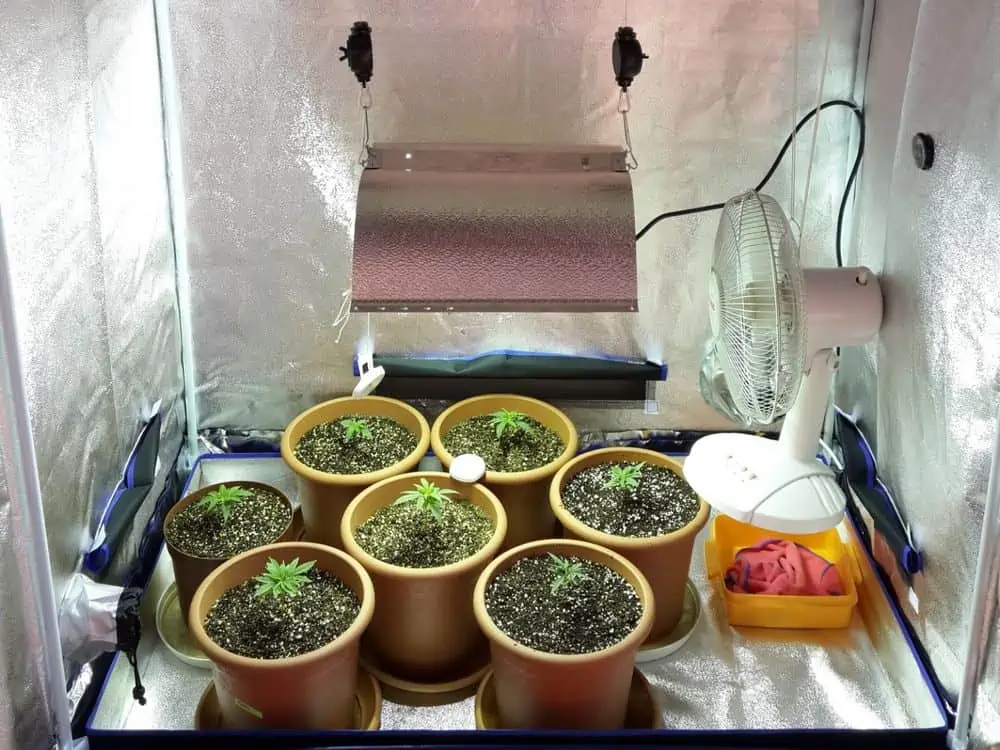
- Enhanced Light Distribution: Reflective materials like Mylar can bounce light back onto plants, ensuring that even lower leaves receive adequate illumination. This uniform light distribution promotes better growth and development.
- Increased Light Efficiency: By maximizing the use of available light, reflective surfaces can reduce the number of grow lights needed to achieve the same level of plant growth. Fewer lights means lower electricity consumption and smaller monthly bills.
Tip #7: Monitor And Manage Energy Consumption
Effectively monitoring and managing energy consumption can lead to significant cost savings and improved efficiency in your cannabis grow operation. Here’s how you can achieve this:
Smart Meters And Energy Monitors
Using smart meters and energy monitors helps you track overall electricity usage as well as the consumption of individual devices. These tools provide real-time data, allowing you to identify high-usage periods and inefficient equipment.
Tweak Your Light Schedules
- Avoid Peak Hours: Schedule your lights to be off during peak electricity charging hours to take advantage of lower rates during off-peak times.
- Adjust Light Cycles: Instead of the traditional 18/6 lighting schedule, consider a 17.5/6.5 schedule. This small adjustment can result in energy savings without significantly impacting plant growth.
How To Save Electricity When Growing Cannabis: Final Thoughts
Implementing energy-saving strategies in cannabis cultivation is crucial for reducing electricity costs and promoting sustainable growing practices. It is the most effective way to save money when growing marijuana.
By choosing energy-efficient lighting options like LED grow lights, optimizing light schedules, and maintaining stable temperatures, you can significantly cut down on energy consumption.
Proper ventilation and sealing leaks further enhance energy efficiency by minimizing the need for additional heating and cooling.These practical tips not only lower operational costs but also contribute to a more environmentally friendly cannabis cultivation process.
Leave a Reply